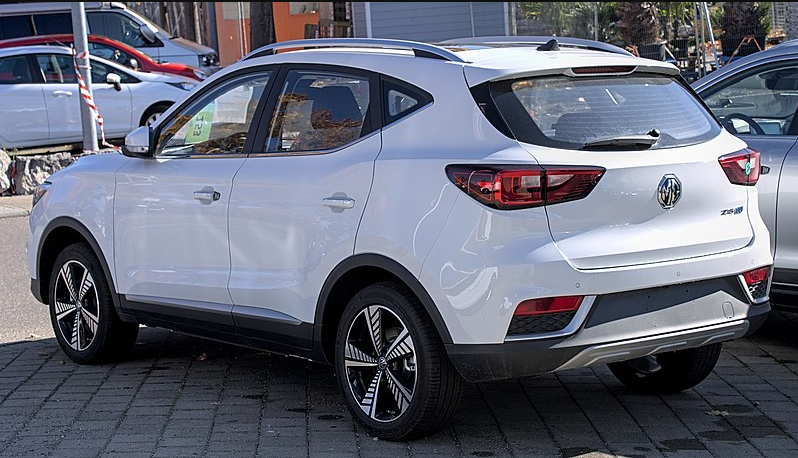Sensor technology for cars has come a long way over the years since its introduction. As technology continues to grow, the car sensors have been installed for all types of purposes. The aim of this is for the car to be able to communicate with the driver concerning what it is experiencing.
Car sensors vary in terms of where they are located and their purpose for installation. But one common goal they have is to improve safety and efficiency. So, in this article, we will discuss the sensor technology for cars and how each sensor serves its purpose.
Further, sensors are grouped as parking sensors and engine sensors. There are aftermarket sensor products that can be installed incase the manufacturer left any of them out. Also, some are requirements by law for you to pass inspection. So, knowledge about the sensor technology for cars is an advantage. Alternatively, you can choose to install them as an upgrade to your car’s body kit.
Parking sensor technology for cars.
These are found on the vehicle’s body kit around the bumper and the wheel well. I believe that anyone can install them on their car if they desire to. They tell the estimated distance between the car and an obstacle. Hence sending different types of warnings to the driver.
For example, Some send beeping signals, flicking dashboard light, and images for those that are coupled with a camera and a dashboard screen. There are two types of parking sensors in the market. That is, ultrasonic and electromagnetic sensors.
1. Ultrasonic sensors.
They are made with technology that allows them to send sound waves in order to estimate proximity. They have a receiver which captures the sound wave that the sensor projects. Their warning is either an imaging of proximity or a beeping sound or both. A major draw back is that the signal can be obstructed by some materials.
2. Electromagnetic sensors.
Unlike the ultrasonic sensors that cover either side of the car, these ones emit a frequency that surrounds the vehicle. That way, every side of the car is covered in terms of proximity and anything that enters that surrounding is detected and a warning is sent to the driver.
These sensors are very strong because they don’t suffer any interruption like the ultrasonic sensors. Further, they are also more sensitive to proximity. If you drive an SUV, the space it occupies can motivate you to get the electromagnetic sensors installed.
Engine sensors.
There are quite a number of engine sensors that monitor the inner workings of the car. These ones are more concerned with the essential parts that the car needs to run properly. For example the car’s cooling system has sensors that warn when the temperature is off. Below we will examine some of the important sensors your engine requires.
1. Engine oil level sensors.
It is responsible for checking on the oil levels in the oil pan. The sensor’s sensor’s is a dashboard light that is shaped as a kettle with a drop of liquid.
2. Oil pressure sensor.
The oil pump sends oil into the engine block as per the engine’s power requirements. The pressure has to be just right for the oil to serve it’s purpose. So the pressure sensor sits guard right after the oil pump to measure if the pressure is okay.
3. Coolant sensors.
They are meant to check on the level of temperatures of the coolant. Because the coolant keeps the engine operating at the right temperature. Further, it lowers the engine’s temperature when it goes higher than usual.
4. Mass airflow sensor.
The mass airflow sensor is one of the critical sensors within the engine. If this sensor is not working, the car will end up consuming a lot of fuel. Because the airflow sensor, gauges the amount of air flowing into the combustion chamber. Afterwards, the engine determines how much fuel is being burnt so that it can send more fuel into the combustion chamber.
5. Intake air temperature sensor.
The intake air temperature sensor is effective at improving the engine’s performance. Simply by measuring the temperature of the air going into the engine. Further the intake air temperature sensor works really well when there is an air flow engine modification. The sensor works hand in hand with this modification to improve engine performance and to keep the intake air at a low temperature.
Sometimes this sensor is integrated with the mass air flow sensor. While in other situations, they can be separated but still working together.
